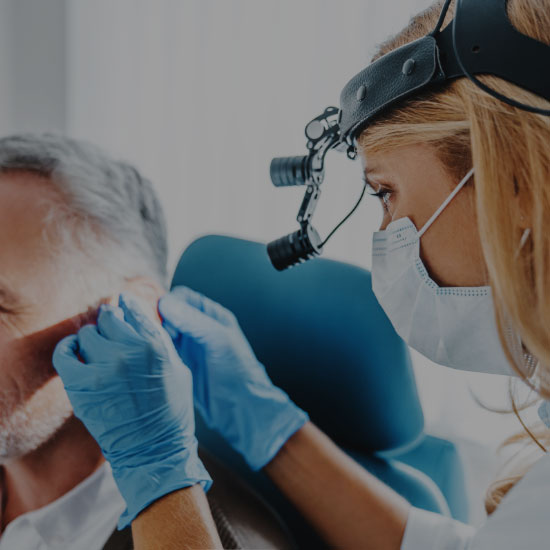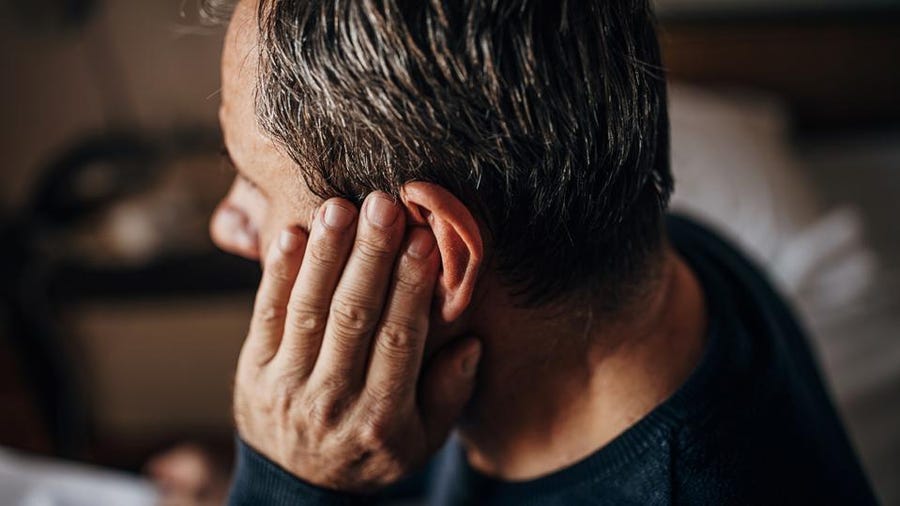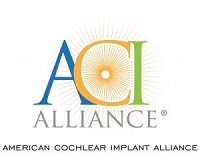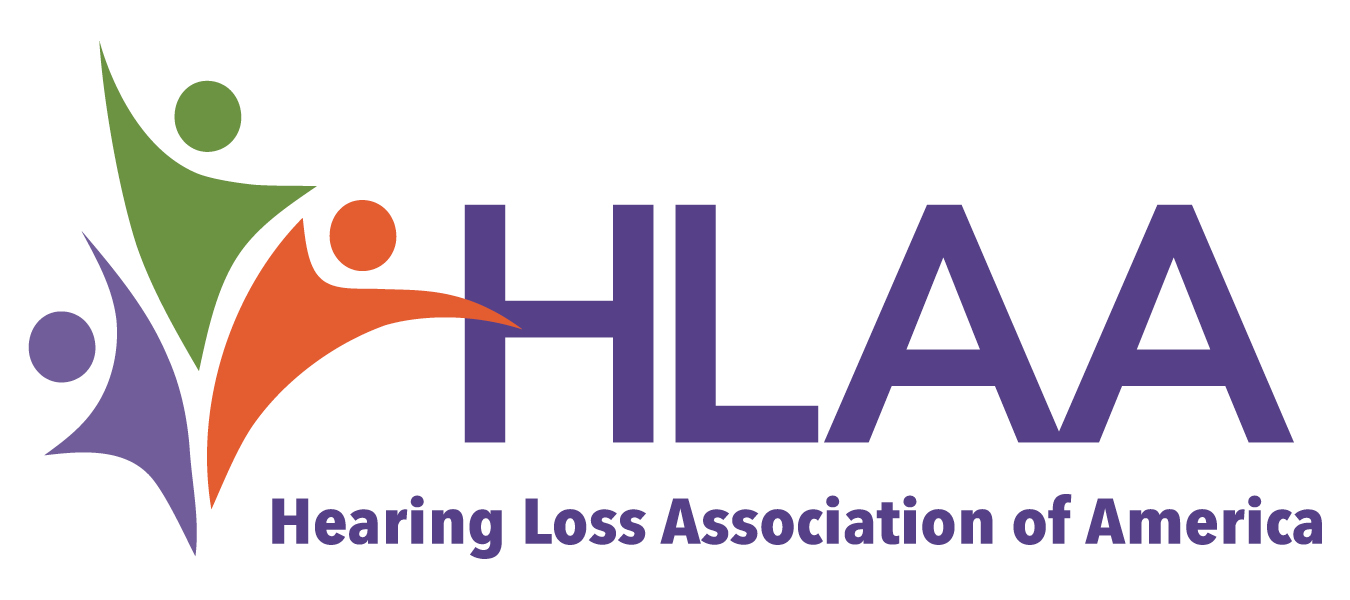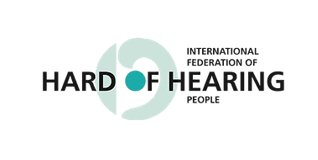Adult Hearing is a professional education platform that aims to increase awareness via the latest clinical evidence to reach an agreed standard of care for adults with hearing loss. The site is formed in collaboration with members of the Delphi Consensus Group as well as the Consumer and Professional Advocacy Committee.
Standards of Care
The 2023 Standards of Care for hearing health includes all of the current clinical practice recommendations and is intended to provide clinicians, patients, researchers, payers, and others with the components of hearing care, general treatment goals, and tools to evaluate the quality of care.
About Adult Hearing

Purpose of Adult Hearing
Improve access to cochlear implants for people with hearing loss and educate and empower hearing health practitioners to identify and treat CI candidates.
Goals
1. Provide an interface to keep professionals up-to-date with scientific information and best practice examples for treating adult hearing loss.
2. Advance cochlear implant therapy as a sustainable counselling option, increasing the likelihood that a CI candidate will be evaluated by a specialist.
3. Create an online platform to provide access to continuous learning opportunities and enable community engagement, leading to increased awareness and confidence in CI solutions.
Raising awareness and understanding of cochlear implant use in adults
Hearing loss is one of the leading causes of disability worldwide, affecting 466 million people (6% of the total population). It is expected that there will be 630 million people living with disabling hearing loss by the year 2030, with that number rising to over 900 million by 20501, 2 if unaddressed.
Hearing loss has a substantial impact on people’s lives, including, but not limited to:
- communication difficulties 3
- social isolation4
- depression5
- falls6 and
- increased healthcare utilisation7
In addition, it is the single largest modifiable risk factor for dementia.8
Adult Hearing aims to increase awareness via the latest clinical evidence to reach an agreed standard of care for adults with hearing loss.
Watch the video to discover more about Adult Hearing’s aim and purpose.
Please imagine a realistic utopia for those with hearing loss and marshal the best available science to recommend transformational actions to achieve that vision.
Richard Horton, Editor-in-Chief, The Lancet
References
1. Sorkin DL. Cochlear implantation in the world's largest medical device market: utilization and awareness of cochlear implants in
the United States. Cochlear implants international. 2013 Mar 1;14(sup1):S12-4.
2. De Raeve L. Cochlear implants in Belgium: Prevalence in paediatric and adult cochlear implantation. European annals of otorhinolaryngology, head and neck diseases. 2016 Jun 1;133:S57-60.h
3. https://www.who.int/news-room/fact-sheets/detail/deafness-and-hearing-loss
4. Jiam NT, Li C, Agrawal Y. Hearing loss and falls: a systematic review and meta-analysis. Laryngoscope. 2016;126(11):2587-2596.
5. Hsu AK, McKee M, Williams S, et al. Associations among hearing loss, hospitalization, readmission and mortality in older adults: A systematic review. Geriatr Nurs. 2019;40(4):367-379.
6. National Institute for Health and Care Excellence. Cochlear implants for children and adults with severe to profound deafness (TA566). 2019. https://www.nice.org.uk/guidance/ta566/resources/cochlear-implants-for-children-and-adults-with-severe-to-profound-deafness-pdf-82607085698245. Accessed June, 2019.
7. Keithley EM. Pathology and mechanisms of cochlear aging [published online May 7, 2019] J Neurosci Res.doi:10.1002/jnr.24439.
8. Roehm CEM, J.; Parnham, K. Presbycusis. Encyclopedia of Otolaryngology, Head and Neck Surgery: Springer, Berlin, Heidelberg; 2013.
9. World Health Organization. WHO global estimates on prevalence of hearing loss. Mortality and burden of diseases and prevention of blindness and deafness. 2012. http://www.who.int/pbd/deafness/WHO_GE_HL.pdf. Accessed November, 2017.
10. Bubbico L, Rosano A, Spagnolo A. Prevalence of prelingual deafness in Italy. Acta Otorhinolaryngol Ital. 2007;27(1):17-21.
11. Rosenhall U, Hederstierna C, Idrizbegovic E. Otological diagnoses and probable age-related auditory neuropathy in “younger” and “older” elderly persons. Int J Audiol. 2011;50(9):578-581.
12. Jung D, Bhattacharyya N. Association of hearing loss with decreased employment and income among adults in the United States. Ann Otol Rhinol Laryngol. 2012;121(12):771-775.
13. Sato M, Baumhoff P, Kral A. Cochlear implant stimulation of a hearing ear generates separate electrophonic and electroneural responses. J Neurosci. 2016;36(1):54-64.
14. Korver AM, Smith RJ, Van Camp G, et al. Congenital hearing loss. Nat Rev Dis Primers. 2017;3:16094.
15. Yawn R, Hunter JB, Sweeney AD, Bennett ML. Cochlear implantation: a biomechanical prosthesis for hearing loss. F1000Prime Rep. 2015;7:45.
16. Raine C, Vickers D. Worldwide picture of candidacy for cochlear implantation. Ent and audiology news 2017; 26 (Sep/Oct).
17. Editorial Board of Chinese Journal of Otorhinolaryngology Head and Neck Surgery; Society of Otorhinolaryngology Head and Neck Surgery CMAHaSRCoCAo. [Guideline of cochlear implant (2013)]. Zhonghua Er Bi Yan Hou Tou Jing Wai Ke Za Zhi. 2014;49(2):89-95.
18. Liang Q, Mason B. Enter the dragon – China’s journey to the hearing world. Cochlear Implants Int. 2013;14 (suppl 1):S26-31.
19. Raine C. Cochlear implants in the United Kingdom: awareness and utilization. Cochlear Implants Int. 2013;14 (suppl 1):S32-37.
20. Sorkin DL. Cochlear implantation in the world’s largest medical device market: utilization and awareness of cochlear implants in the United States. Cochlear Implants Int. 2013;14 (suppl 1):S4-12.
21. Nct. Efficacy and Safety Study of Botulinum Toxin Type A for Moderate to Severe Crow’s Feet Lines. https://clinicaltrialsgov/show/nct01776606. 2013.
22. Eubank BH, Mohtadi NG, Lafave MR, et al. Using the modified Delphi method to establish clinical consensus for the diagnosis and treatment of patients with rotator cuff pathology. BMC Med Res Methodol. 2016;16:56.
23. Wright JG, Swiontkowski MF, Heckman JD. Introducing levels of evidence to the journal. J Bone Joint Surg Am. 2003;85(1):1-3.
24. Appelbaum EN, Yoo SS, Perera RA, Coelho DH. Duration of eligibility prior to cochlear implantation: have we made any progress? Otol Neurotol. 2017;38(9):1273-1277.


